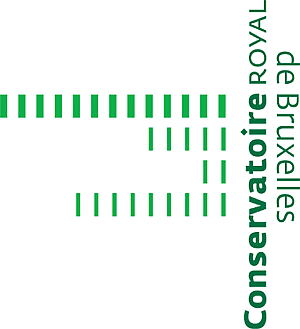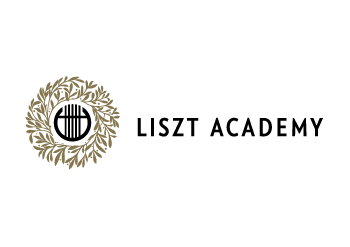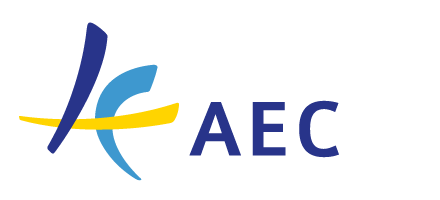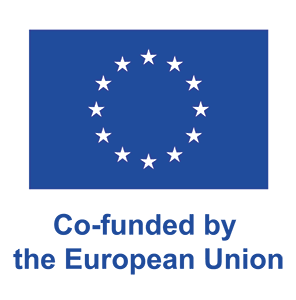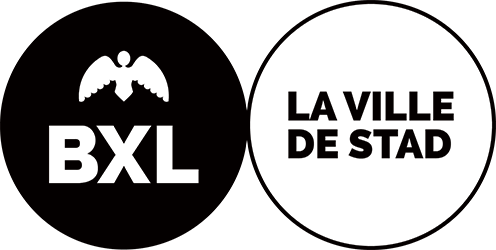What is computer music and how can it be studied? With the advent of the current era in which all the art of sound passes through the digital world, the era of computer music that goes from 1956/57 to 1999-2003 comes to an end.
The volume illustrates the historical, geographical, technological and collaborative characteristics of this repertoire and proposes a methodology of investigation that borrows from the author’s philology (variantism, sketch studies, critique génétique). Finally, it presents the comparison between the production in the CSC (Center for Computational Sonology of the University of Padua) and IRCAM (Institut de Recherche et Coordination Acoustique / Musique) in Paris, in the period 1975-1985. The analysis of the pieces based on the texts – in particular the computerized ones written in MUSIC 5, 360 and 10 – and their comparison, allow to evaluate the relationship between instrument and aesthetics, computer writing and composition, environment and constraints, economy of use of the software .
Be a part of our european project !
This European project (KA 203 Strategic Partnership) created by Salvatore Gioveni promotes cross-border collaboration in the field of Music Theory through sharing knowledge and transferring pedagogical innovation. It thus responds to a lack of centralised source and framework to deepen reflection by means of cross-disciplinary study at European and international level.
There is a significant wealth of educational practices from one country to another in this sector, especially in terms of harmonic musical notation and analysis. However, HMEI's are facing the nonexistence of a European network for pedagogical staff in Music Theory so far. To improve the situation, the project will among other things develop several intellectual outputs such as Online Platform (IO 1), an EU Bibliography (IO 2), a Repository Courses (IO 3), a Multilingual Glossary (IO 4) and an Exchange Online Learning Platform.
Besides the Conservatoire royal de Bruxelles as leader and manager of the project, the following partner institutions are involved: Music Academy S. Moniuszki Gdańsk (Gdańsk, Poland), F. Liszt Academy of Music Budapest (Budapest, Hungary), Estonian Academy for Music and Theatre (Tallinn, Estonia), HfMTh "Felix Mendelssohn Bartholdy" (Leipzig, Germany).
 | 2024
| 2024
